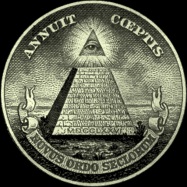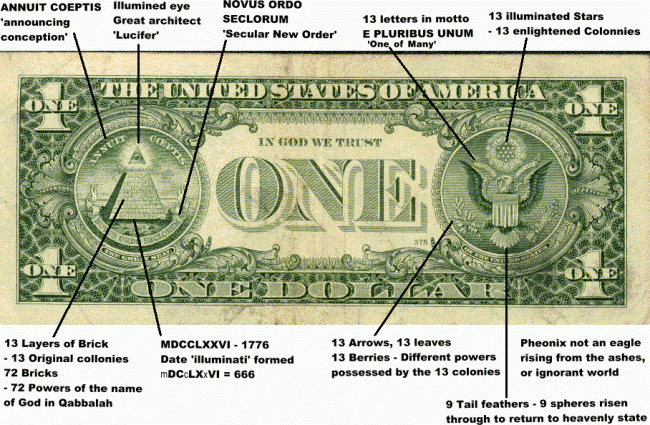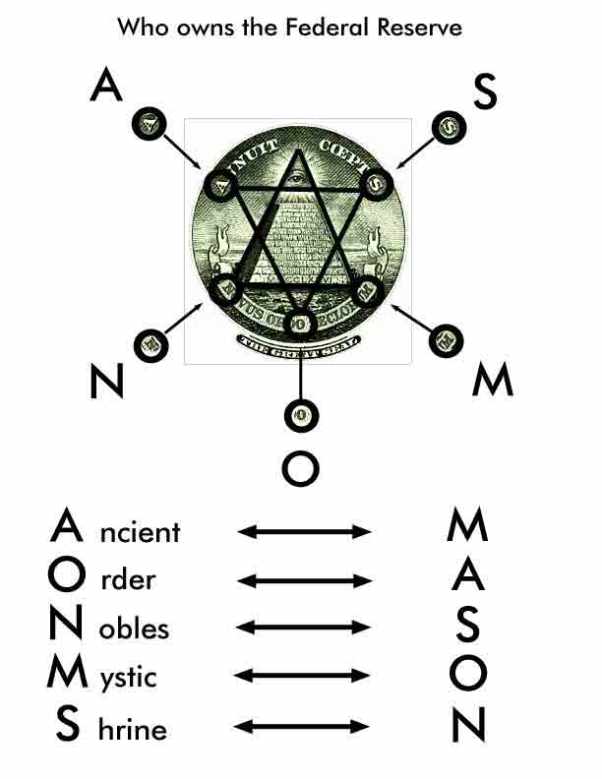The development of the Illuminati was founded on May 1, 1776, in Ingolstadt (Upper Bavaria) and became known as the Order of the Illuminati, with an initial membership of 5, by Jesuit-taught Adam Weishaupt (d. 1830), who was the very first lay professor of canon law at the University of Ingolstadt. It was made up of freethinkers as a descendant of the Enlightenment and appears to have actually been modeled on the Freemasons. The Illuminati’s members took a vow of silence and pledged obedience to their superiors. Group members were split into 3 primary sections, each with a number of qualifications, and lots of Illuminati chapters drew membership from other Masonic lodges.
Initially Weishaupt had organized the order to be named the “Perfectibilists”. The group has also been called the Bavarian Illuminati and its ideology has been called “Illuminism”. Many prominent intellectuals and progressive political leaders counted themselves as members, consisting of Ferdinand of Brunswick and the diplomat Xavier von Zwack, the second-in-command of the order. The order had branches in the majority of European countries: it apparently had around 2,000 members over the span of ten years. It drew in literary men such as Johann Wolfgang von Goethe and Johann Gottfried Herder and the reigning dukes of Gotha and Weimar.
In 1777 Karl Theodor came to be ruler of Bavaria. He was a proponent of Enlightened Despotism and his government prohibited all secret societies consisting of the Illuminati. Internal rupture and panic over succession preceded its downfall, which was influenced by the Secular Edict made by the Bavarian government. The March 2, 1785 edict “seems to have been deathblow to the Illuminati in Bavaria.” Weishaupt had run away and documents and internal correspondences, took possession of in 1786 and 1787, were consequently released by the government in 1787. Von Zwack’s house was searched to reveal much of the group’s literature.
One more reorganization happened in 1780 after the Lower Saxon worthy Adolph Freiherr Knigge joined the Illuminati. In 1782 he offered a framework like the Freemason lodges to the order that had till that point, as Weishaupt himself conceded, not really existed anywhere however in Weishaupt’s head. Leadership of the order was given to a so-called Areopagus that consisted of Weishaupt, Knigge and others.
This new organization allowed the Illuminati to recruit numerous Freemasons and penetrate entire lodges against the backdrop of a crisis that the higher grades of the German Freemasonry were undergoing after the collapse of the Order of Strict Observance in 1776. [citation needed] This fairly apolitical and romanticizing movement claimed succession from the Knights Templar and had enabled Karl Gotthelf von Hund to get the German lodges under his leadership. For years he had actually been claiming to be in contact with “Unknown Superiors” who had let him in on the deepest secret of Freemasonry. After no such “Secret Superiors” gotten in touch with the lodges after Hund’s death in 1776, the lodge members were perplexed. At the fantastic Freemasons’ Convent of the Strict Observance, that was held in Wilhelmsbad from July 16 to September 1, 1782, Knigge and Franz Dietrich von Ditfurth, the second Illuminati representative and a most radical advocate of the Enlightenment, can claim the opinion leadership for their order. The Templar system was quit and the Order of the Golden and Rosy Cross, itself attempting to be successful the Order of Strict Observance, stayed in the minority. The two Illuminati also prospered in winning over Johann Christoph Bode, one of the leading representatives of the Strict Observance.
As a result, the disagreement between Weishaupt and Knigge magnified so much that it threatened to break the Order apart. Therefore an arbitral tribunal called a “Congress” was summoned in Weimar in February 1784. It came as a surprise for Knigge that the “Congress”, where amongst others Goethe, Johann Gottfried Herder and Duke Ernst of Saxe-Gotha got involved, evaluated that an entirely brand-new Areopagus should be created. Both heads of the Order were expected to resign from their positions of power. This appeared to be an acceptable compromise. It suggested a noticeable defeat for Knigge, as the creator of the order would probably still have the exact same influence also without the formal chairmanship of the Aeropagus. Silence and the return of all papers was agreed upon and Knigge left the Illuminati on the first of July 1784. From this point on he turned away from the “stylish foolishness” of attempting to improve the world with secret cultures. Weishaupt for his part handed over the leadership of the Order to Johann Martin Count of Stolberg.
While members of cultures were quarreling among themselves, secret cultures had actually brought in the attention of the Bavarian authorities. They considered the objectives of progressive-minded secret cultures suspicious since they focused on altering the conventional order and on establishing a “reasonable state” by penetrating public offices. On June 22, 1784, the Bavarian electoral Prince Charles Theodore subsequently prohibited any “communities, societies and associations”, which had been founded without his approval as a sovereign ruler. With the emphasis of Father Frank, the chancellor Baron of Krettmayr, the Rosicrucian Baron and additional people at court, one more edict was discharged on March 2, 1785, which explicitly discussed the names Illuminati and Freemason. It banned them for explanation of treason and heresy. During house searches various documents of the order that showed further circumstantial evidence for their radical goals were confiscated. Documents which were located with a deceased messenger gave away info about names of a number of members. In 2 letters to the bishop of Freising, sent within the exact same year (June 18 and November 12), Pope Pius VI proclaimed membership of the order to be incompatible with the Catholic faith.
The Illuminati History is vast and deep with both truth and conspiracy. Many believe this secret organization is out for world dominance in the forming of the New World Order.


